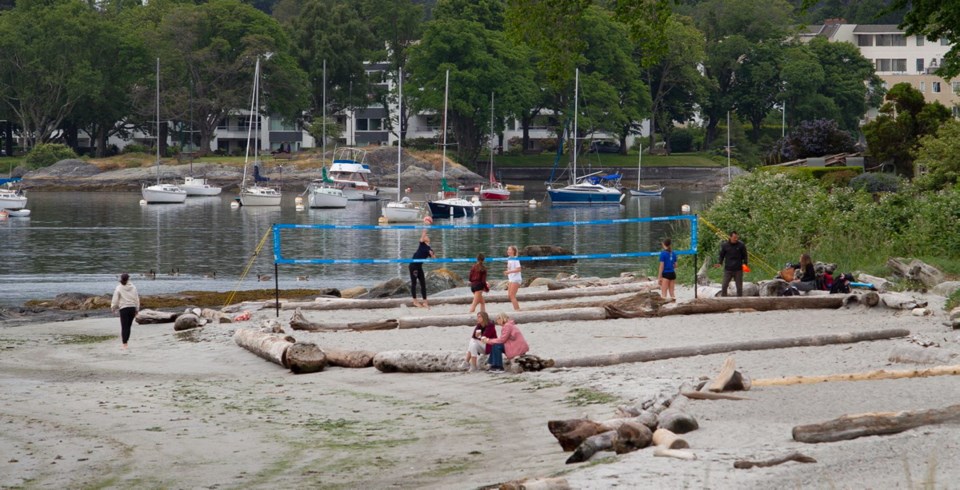A recent study by the medical journal The Lancet has gained widespread attention. The authors examined the impact of social-distancing on adolescents. They point out that young people between the ages of 10 and 24 need to interact face-to-face with their peers in order to develop fully, both behaviourally and neurologically.
For these are their formative years, rendering them highly vulnerable to isolation.
The study notes that “Social interactions are ... a basic human need, analogous to other fundamental needs such as food consumption or sleep. Indeed, feeling insufficiently connected to others is associated with profound and lasting negative consequences on physical and mental health, even leading to increased mortality.”
And the authors add that the effects of this form of deprivation may extend far beyond the period of social- distancing, potentially affecting the population for years to come. It’s believed that even so short a period of isolation as a few months, at this stage of life, may be damaging.
But it’s not just social isolation as we’ve come to know it, that poses a risk. Most kids in sa���ʴ�ý have missed several months of school time.
How this will affect them, both in terms of educational attainment, but also personal growth, is unknown at this point.
Our teachers have done everything in their power to compensate by offering distance education, as have our post-secondary institutions. But is it enough?
Online connections can offer some alternatives to in-person meetings. Without question we can transmit information by this means.
What we cannot do is replicate the sense of social interaction that all of us need. Anyone who has taken part in a virtual meeting with numerous participants can testify that it’s nothing like the real thing.
And now it appears the number of jobs for young Canadians aged 15 to 24 has declined by 34 per cent, and keeps falling.
That too is a cause for concern. The opportunity to gain employment is about more than earning a living. It is also about learning to work hand-in-hand with others, to become comfortable with discipline, and to develop a sense of independence and self-worth.
Ironically, the younger generation is least at risk from the virus. In sa���ʴ�ý the 10- to 19-year-old age cohort represents less than one per cent of COVID-19 cases, hospitalizations, and ICU admissions. Deaths in this group are almost unheard of.
But it is not just youngsters who are affected. A survey by Statistics sa���ʴ�ý found that 60 per cent of Indigenous people say their mental health has worsened since the onset of physical distancing. That’s up from the 16 per cent who reported fair or poor mental health prior to the pandemic.
The survey didn’t look further, but it seems likely the same declines could be found in other disadvantaged groups, including single parents, families below the poverty line, and many elderly Canadians.
The question is what can be done. Part of the uncertainty revolves around what happens if the virus stages a resurgence in the fall.
Fortunately we now have some hard clinical evidence to work with, both as to the benefits of social isolation, and to its costs. It is the job of social scientists, public health staff, and decision-makers, to balance these impacts and choose the best route forward.
For this much seems certain. A repeat of physical distancing, with nothing to mitigate its damaging effects, will pose a genuine threat to the mental health of our younger generation, and to other groups at risk.
Those of us in the older generation can probably muddle through. But it would be asking too much to impose the same demands on youngsters whose lives are still in flux.



